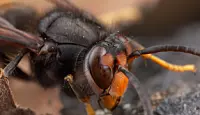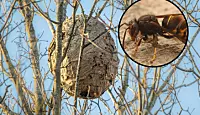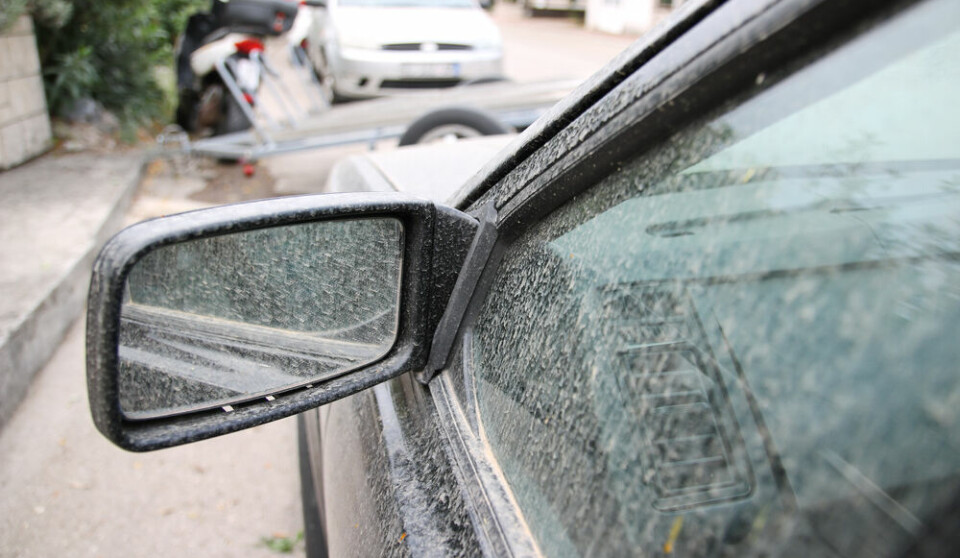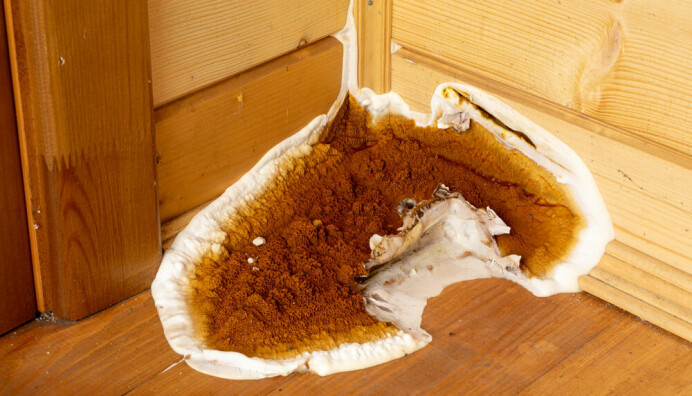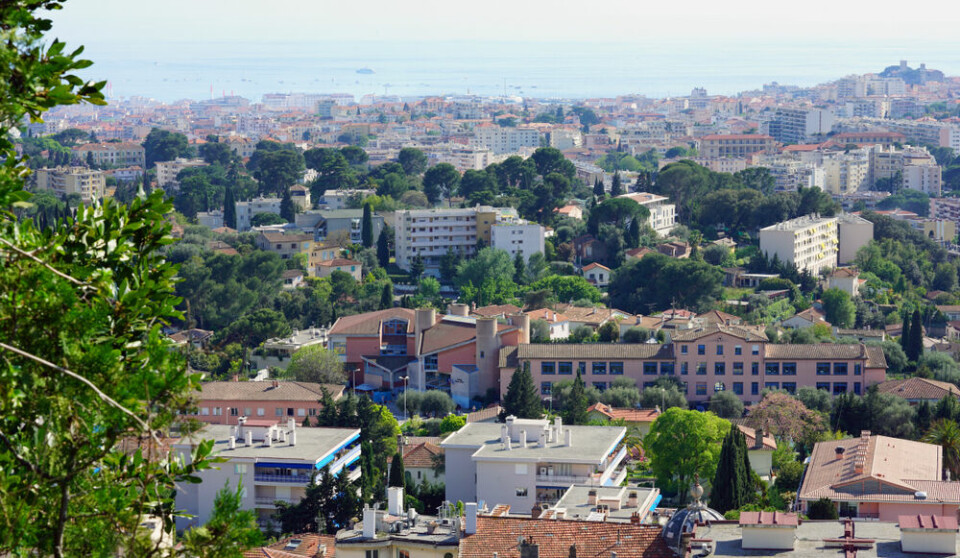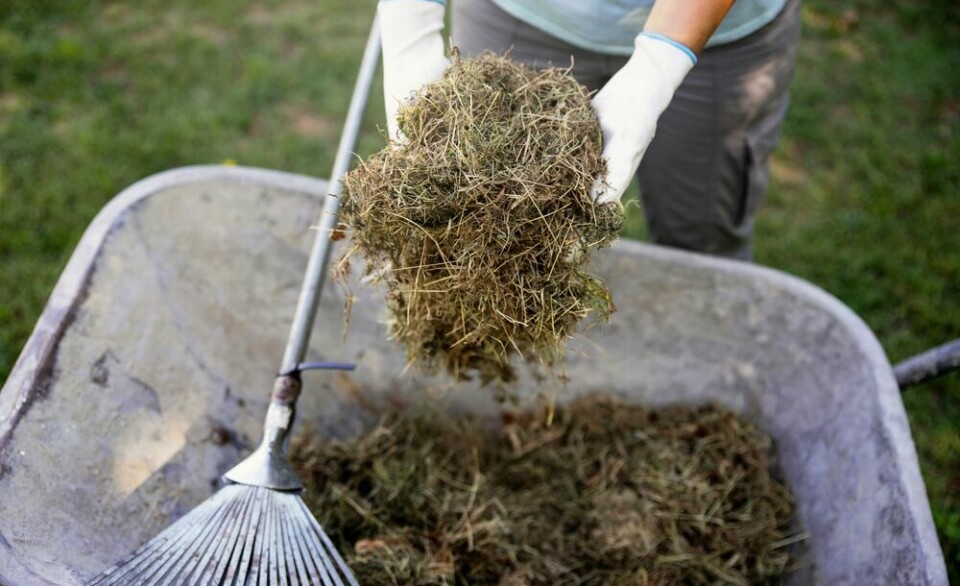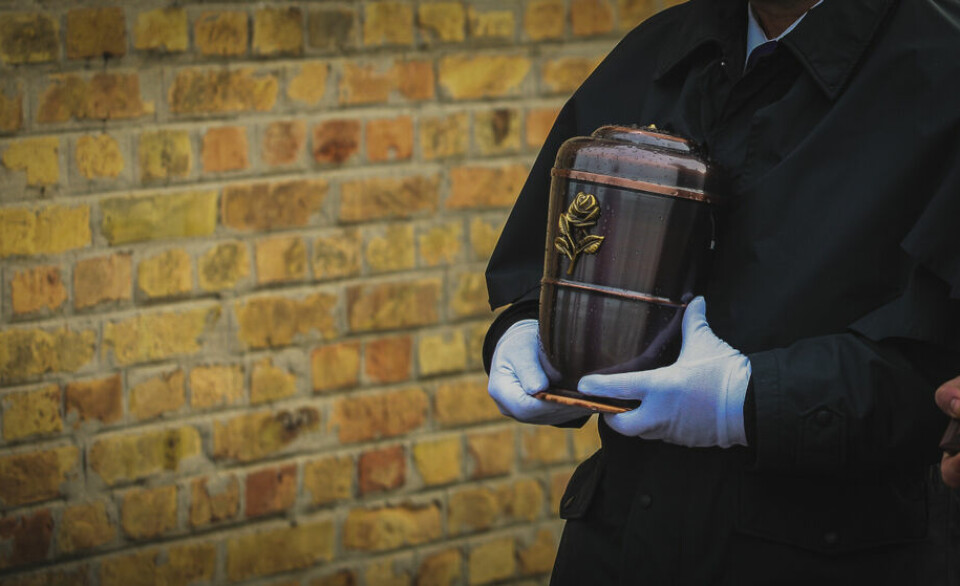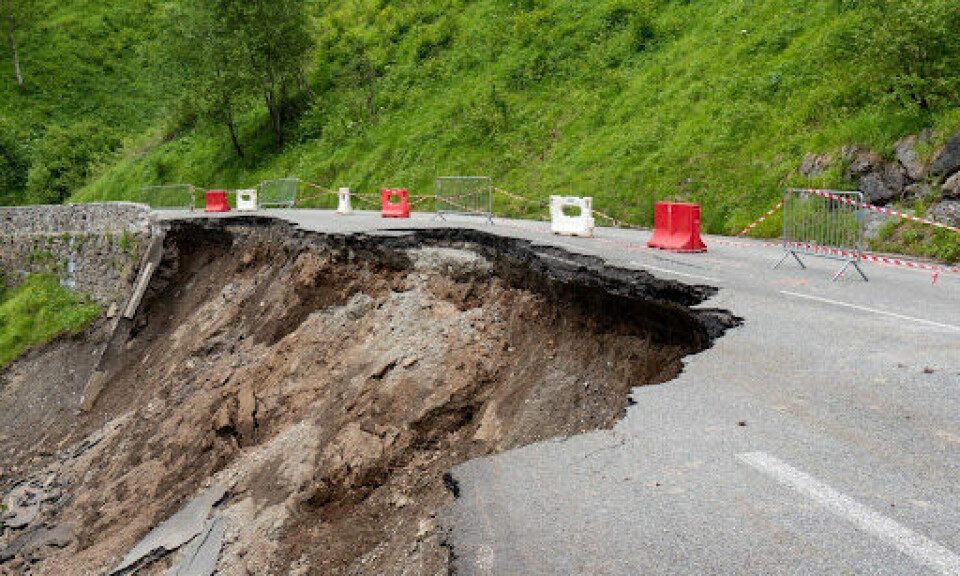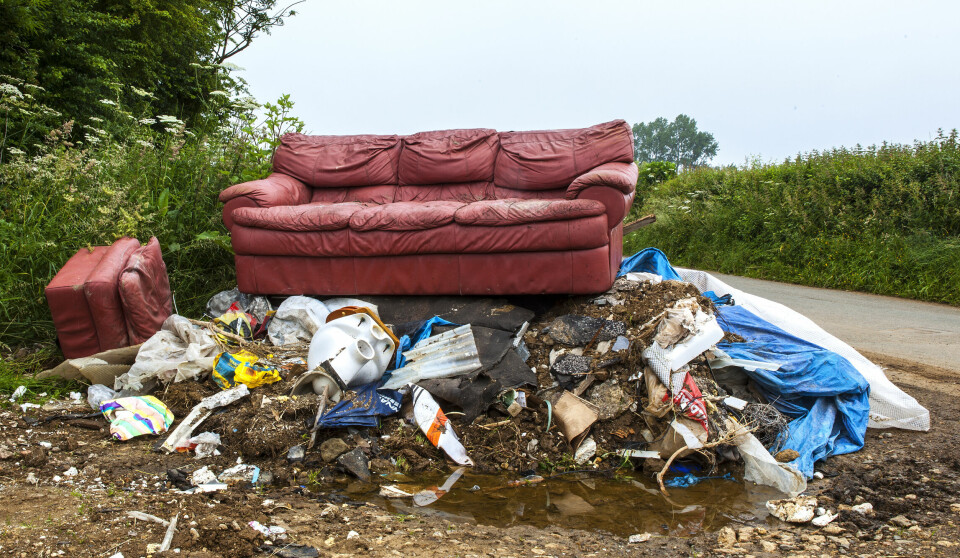-
What is France’s new national plan to fight against Asian hornets?
The hornets represent a triple threat: to the beekeeping industry, to the environment and to public health, said the French minister for biodiversity
-
Now is the moment to trap Asian hornets in France
The invasive insects start to make their first hives in spring
-
Mosquitoes, hornets, stink bugs: life cycles change as France warms up
The invasive insects are now common in most of the country
LIST: Does your French commune give free traps for Asian hornets?
The national plan aims to prevent queens starting new nests in spring

As part of the national strategy to stop the spread of Asian hornets, some communes are distributing free traps to help prevent queens from building their treetop nests.
The insects, which were first identified in France in 2004, can today be found in almost all regions.
Asian hornets are mostly black with a single yellow/orange band towards the top of their abdomen, yellow ‘socks’ and an orange face. They can be distinguished from their European counterparts by their smaller size.
However, their venomous sting can cause severe reactions and, in rare cases, death.
While they tend not to attack humans directly unless they feel their nest is threatened, Asian hornets present an existential threat to bees, butterflies and wasps.
A single colony of Asian hornets can consume up to 11kg of insects a year.
Hornet queens spend their winter in small holes in trees, fences or in the ground. As the weather gets warmer, they leave winter hideouts and quickly look to start a new colony.
This first colony of the year is typically smaller and more accessible that the larger, beach-ball size colonies that the hornets move to later in the year.
Trapping Asian hornets in spring can help avoid the need to destroy larger colonies - often at significant expense- later in the year.
Read more: Now is the moment to trap Asian hornets in France
Which communes are offering free Asian hornet traps?
- Plumergat (Morbihan)
- Caudan (Morbihan)
- Combrit Sainte-Marine (Finistère)
- Penmarc’h (Finistère)
- Saint-Barthélemy-d’Anjou (Maine-et-Loire)
- Plérin (Côtes-d’Armor)
- Bois-Guillaume (Seine-Maritime)
- Mondeville (Calvados)
- Sivom de Jonzac (Charente-Maritime)
- Arcachon (Gironde)
- Libourne (Gironde)
- Violès (Vaucluse)
- Malaucène (Vaucluse)
You should ask the mairie in these communes about traps.
They may privilege certain areas where Asian hornets are known to nest, attempting to surround them with traps, as is recommended in the 2024 national strategy and action plan against Asian hornets (Stratégie et plan national de lutte contre le frelon asiatique à pattes jaunes 2024).
However, the strategy guide, published by the Association Francaise Sécuritaire et Environnementale concedes that “there are currently no traps that are perfectly selective and effective against the Asian hornet”.
This means that traps can have the undesired effect of trapping other insects, and should only be used in ‘battleground’ areas, which are “determined by the density and population of Asian hornets.”
What other help is available?
Homeowners who see hornets on or near their property should contact their local mairie.
If the nest is on public land, the destruction is the responsibility of the mairie.
On private land, the destruction of hornet nests needs to be managed by a specialist, which in most cases, homeowners must pay out of pocket.
However, even if the nest is on your own property, the marie can tell you how to contact a specialist, and - in some cases - what help is available.
In the Somme, for instance, the department is offering to pay 50% of the cost, or up to €80, towards the destruction of Asian hornet nests on private property.
A similar scheme is available in Eure, which offers up to 30% of the cost.
Typically, the destruction of an Asian hornet nest costs around €70 to €95 for a nest 5m above the ground, rising to €150 for nests more than 10m high.
However, the Fédération Régionale des Groupements de Défense Sanitaire which monitors the Asian hornet problem in each region of France, reports that the cost of destroying a single hornet nest can rise to as much as €900 if specialist equipment is required.
Read more
Warning over underground Asian hornet nests in France
Tiger mosquitoes now in Normandy, last region of France to escape them
